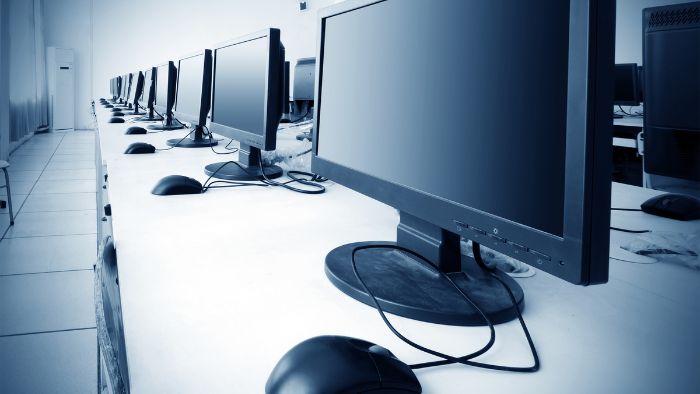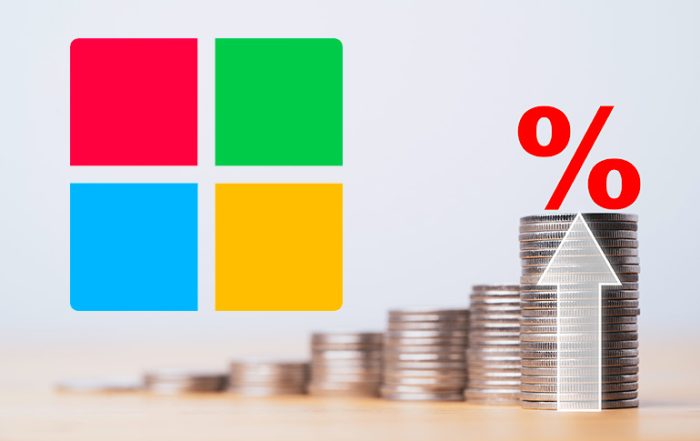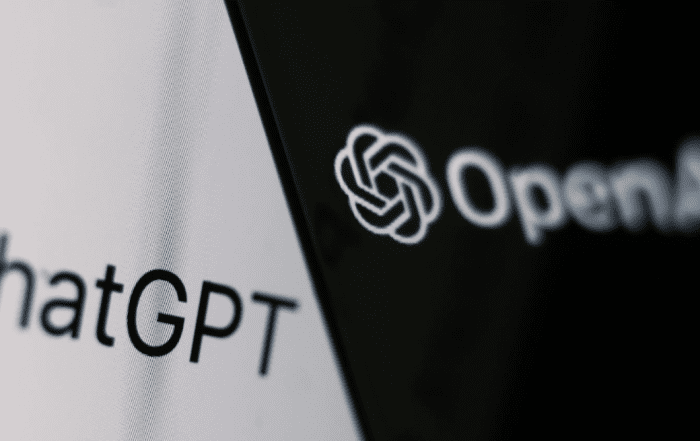Things You Need to Know about the Internet of Things
The Internet of Things, or IoT, refers to the trend of connecting everyday objects to the internet so that they can share information with each other. These objects are referred to as things. Examples include fitness trackers, smart phones, cars, wearable devices, appliances and more. The idea of smart homes has been around since the 1980s, but it’s only in recent years that technology has become powerful enough to support this type of connectivity on an industrial scale.
What is the Internet of Things?
By now, most people are familiar with what is perhaps one of the biggest tech buzzwords today: IoT. It’s an exciting new technology that has just begun to take off, but IoT isn’t new at all. What exactly is it? And how does it work? The following infographic provides an introduction for those who aren’t already familiar with IoT. For anyone interested in IoT, it can serve as a useful reference tool on your journey into its possibilities. If you have any questions about why you should invest in IoT or how it works, please call us! We can help you find a solution for your business needs.
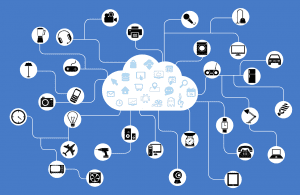
How will it affect me?
Be sure to check out IFTTT. It’s a service that lets you link together various apps and services. That way, when one thing happens, it triggers another action—you can set your smart thermostat, for example, to turn down when motion is detected after hours. Or have your connected smoke detector send you an email when there’s something amiss in your home. Think of all the new applications you could come up with for something like IFTTT! (And please do share!)
How can I start using it?
If you’re interested in using IoT for your business or if you want to start a smart home, it can be a little intimidating. In either case, you probably have a lot of questions. Can you really control your house with an app? Does that mean I need more devices? How much will all of that cost me? What are security concerns like? Which companies should I trust, and which should I stay away from? Can I use these devices on their own, or do they need to talk to each other over Bluetooth first? Have no fear! The answer is simple: Learn more by talking to us and we will guide you on how to use IoT.
Which industries are affected by this trend?
Thanks to AI, IoT devices can detect patterns in our environment that allow them to respond in a way that’s relevant and specific to us. For example, a smart thermostat could monitor your schedule and energy consumption habits over time, which would give it a better idea of what temperature you like your house at when you’re home vs. when you’re not. When you arrive home, it can adjust accordingly—no fiddling with complicated settings or manual overrides required. As more industries adopt these kinds of IoT-driven solutions (and they will), employees everywhere will benefit from technology that adapts to them instead of vice versa. What does all of this mean for businesses?: The Internet of Things is already changing many companies’ business models, but most businesses still aren’t using its full potential to learn about their customers and tailor their marketing strategies as such. This lack of insight into customer behaviour shows an underestimation of how powerful data can be; by capturing actionable information, businesses are setting themselves up for long-term success.
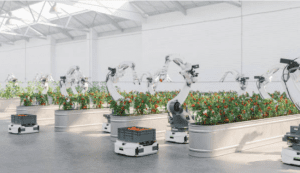
How is AI being used in IoT devices?
Artificial intelligence is finding its way into an increasing number of everyday technologies, and IoT devices are no exception. Some of today’s most advanced IoT products include AI technology that helps them operate with minimal input from humans. Your smart refrigerator might use AI algorithms to determine which groceries you need more of and when, for example. Or a connected thermostat might use an advanced pattern-recognition algorithm to determine if your home needs heating or cooling right now. These examples point to one major advantage of incorporating AI into IoT: It allows new types of products and services to exist. Because these machines can detect patterns by themselves, they don’t require people to intervene all the time—which means we can get new kinds of help in our daily lives without giving up control over how we manage our houses and schedules.
Contact us to get started!




